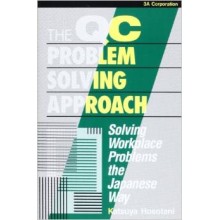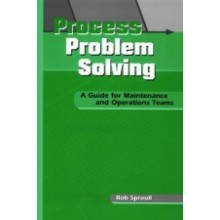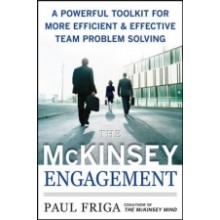Problem Solving for Engineers
Quantity:
-
Add to Compare
Whatever their discipline, engineers are routinely called upon to develop solutions to all kinds of problems. To do so effectively, they need a systematic and disciplined approach that considers a range of alternatives, taking into account all relevant factors, before selecting the best solution. In Problem Solving for Engineers, David Carmichael demonstrates just such an approach involving problem definition, generation of alternative solutions, and, ultimately, the analysis and selection of a preferred solution.
David Carmichael introduces the fundamental concepts needed to think systematically and undertake methodical problem solving. He argues that the most rational way to develop a framework for problem solving is by using a systems studies viewpoint. He then outlines systems methodology, modeling, and the various configurations for analysis, synthesis, and investigation. Building on this, the book details a systematic process for problem solving and demonstrates how problem solving and decision making lie within a systems synthesis configuration.
Carefully designed as a self-learning resource, the book contains exercises throughout that reinforce the material and encourage readers to think and apply the concepts. It covers decision making in the presence of uncertainty and multiple criteria, including that involving sustainability with its blend of economic, social, and environmental considerations. It also characterizes and tackles the specific problem solving of management, planning, and design. The book provides, for the first time, a rational framework for problem solving with an engineering orientation.
Preface
Author
Chapter 1 : Systems Methodology
Chapter 2 : Models and Modeling
Chapter 3 : Some Common System Models
Chapter 4 : Fundamental Configurations Relating to Systems
Chapter 5 : The Synthesis Configuration
Chapter 6 : The Investigation Configuration
Chapter 7 : Systematic General Problem Solving
Chapter 8 : Creativity
Chapter 9 : General Problem Solving with Groups
Chapter 10 : Decision Making with Multiple Objectives
Chapter 11 : Optimization
Chapter 12 : Decision Approaches and Tools
Appendix A : Sensitivity
Appendix B : Surveys
Appendix C : Sampling
Appendix D : Measurement and Scales
Bibliography
Index
Write a review
Your Name:Your Review: Note: HTML is not translated!
Rating: Bad Good
Enter the code in the box below:
Copyright © 2014 Engineering Standards Bureau. All Rights Reserved.
Developed By Zoom Into Web
















